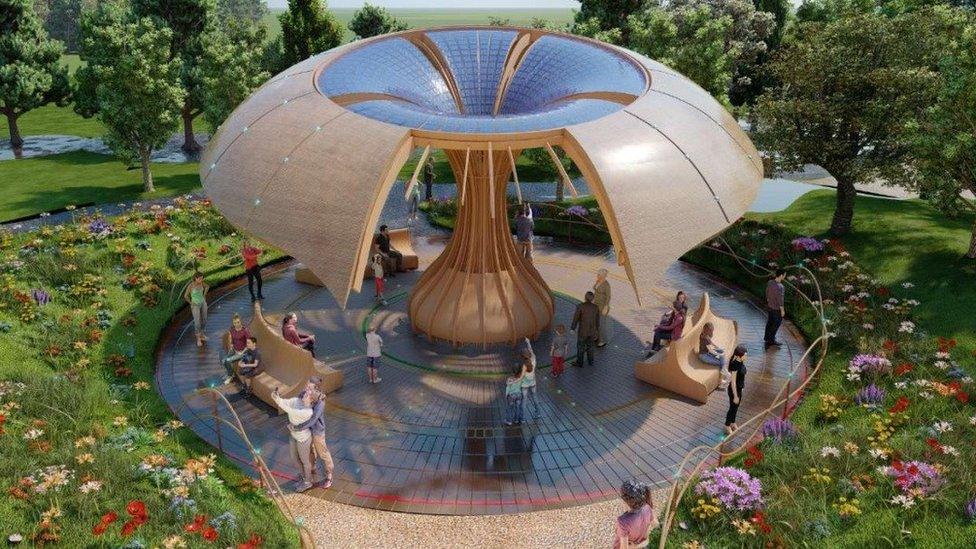Kew tour gives window into Palm House plants' past
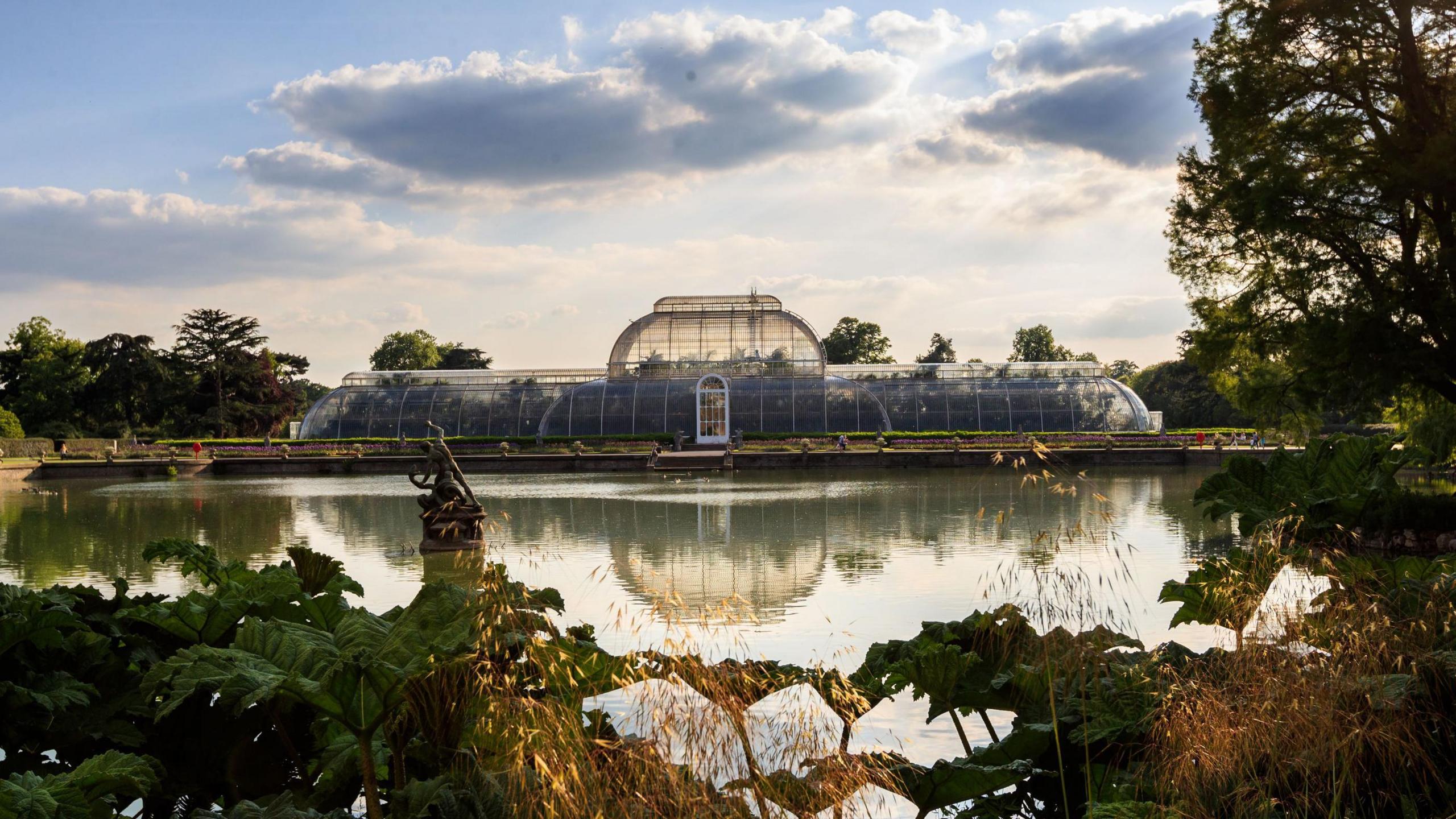
The Pollinators of the Palm House tour tells the story of species from the most threatened environments
- Published
A new tour has launched at Kew Gardens in south-west London for visitors to learn about the history of the plants inside its famous Palm House.
The Pollinators of the Palm House free audio tour tells the story of the wide range of species from some of the most threatened environments in the world.
Plants to feature include the oldest pot plant in the world, and a palm pollinated by wild lemurs on Madagascar.
The tour is the result of a collaboration between Kew's community horticulture programme and Earwax, a platform for people from marginalised communities.
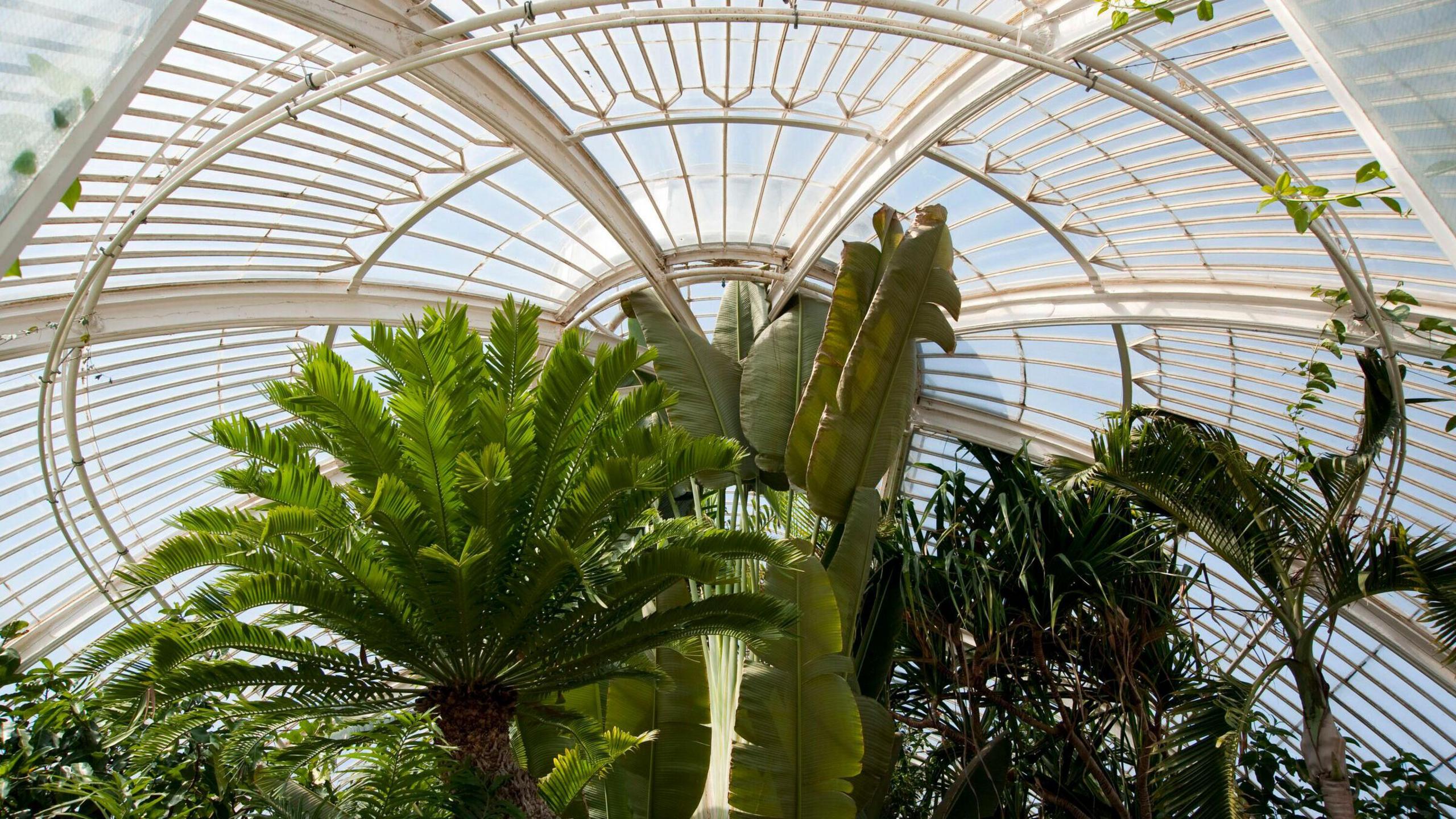
Encephalartos altensteinii, officially the oldest pot plant in the world, in the Palm House at Kew Gardens
Some of the plants included in the tour are the tamarind tree, which is native to tropical Africa; the betel nut palm, which is native to the Philippines; and the vanilla orchid, which grows in tropical forests in Central America and is the only orchid to produce an edible seed.
Emergency services worker Shiquerra Mackenzie, who was selected to present the tour, said: “I’ve always had a passion for voiceover work which is why I was thrilled when I was offered the chance to be part of this project."
She added the experience was "a steep learning curve" given she had "little horticultural knowledge", but she hoped the tour would "entertain and educate others, particularly those who may not usually have considered coming to Kew".
Fellow presenter Andre Apenu is a gardener involved in Coco Collective, an Afro-diaspora-led community garden in Lewisham.
"I believe in the profound impact that nature can have on our lives," he said.
"Being involved in this project with Kew Gardens has been a delight, and I’m so happy people can now listen to our words as they explore the Palm House.”
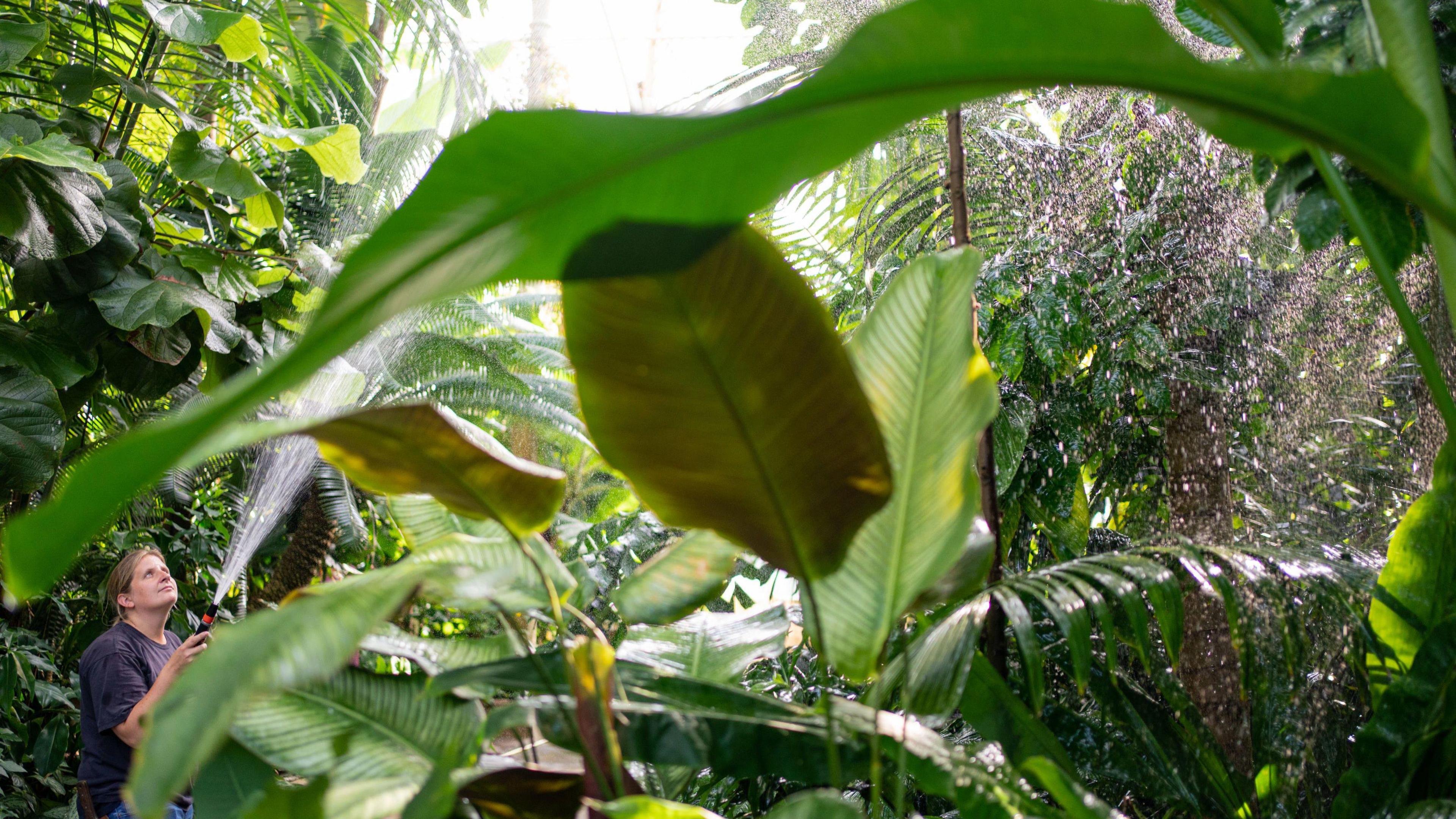
Kew's Jane Rogers said the tour "brings to life the hidden stories of the incredible plants inside Kew’s most famous building"
Esme Lewis-Gartside, sound artist and producer for the tour, said she was keen to be involved due to her "interest in gardening and botanical science".
"It was important that we platformed female voices in this project as well as people from marginalised communities who don’t as readily get platformed," she added.
The Royal Botanic Gardens' community horticulture programme offers gardening and creative workshops for people who may otherwise face "physical, sensory, psychological or social barriers" to visiting Kew or are members of the Community Access Scheme.
Jane Rogers, community horticultural learning coordinator at Kew, said the project had been a "number of years in the making", and "really brings to life the hidden stories of the incredible plants inside Kew’s most famous building".
Listen to the best of BBC Radio London on Sounds and follow BBC London on Facebook, external, X, external and Instagram, external. Send your story ideas to hello.bbclondon@bbc.co.uk, external
Related topics
Similar stories
- Published22 July 2024
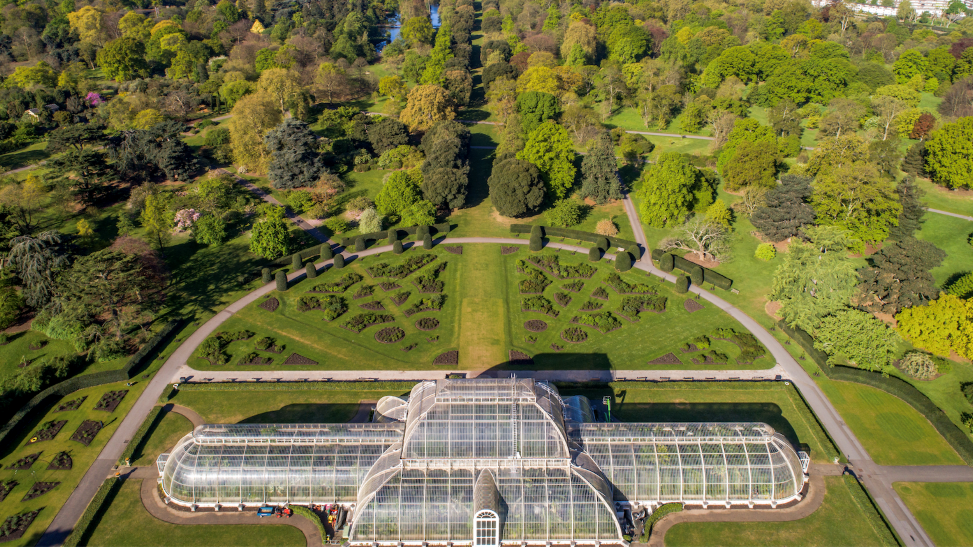
- Published19 June 2024
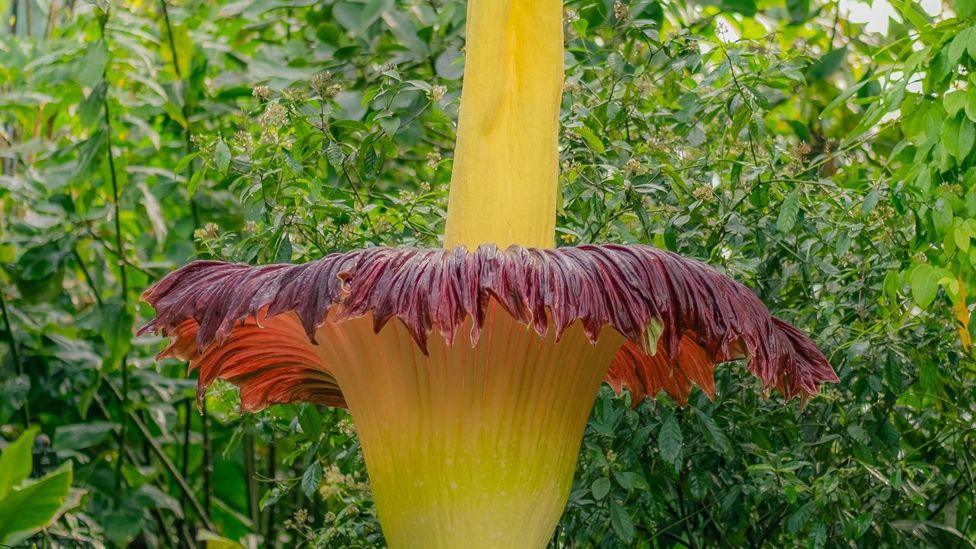
- Published6 January 2024
